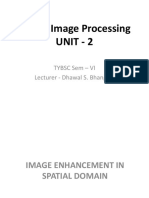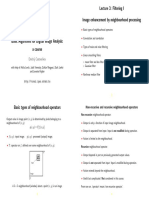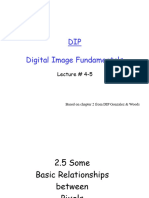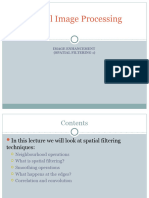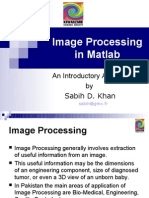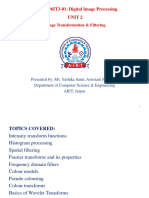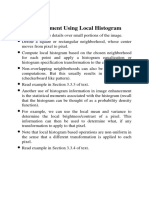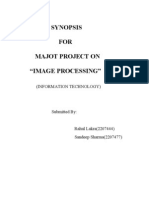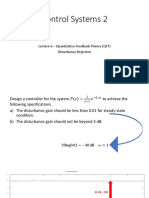0% found this document useful (0 votes)
24 views82 pages03 - Basics of Image Processing
The document provides an overview of image processing concepts, including image statistics, noise types, point and neighborhood processing, and various filtering techniques. It details methods such as template matching, image scaling, and geometric transformations, along with mathematical operations for manipulating pixel values. Key topics include noise models, correlation and convolution operations, and the application of smoothing and sharpening filters in image analysis.
Uploaded by
naruto.motasemCopyright
© © All Rights Reserved
We take content rights seriously. If you suspect this is your content, claim it here.
Available Formats
Download as PPTX, PDF, TXT or read online on Scribd
0% found this document useful (0 votes)
24 views82 pages03 - Basics of Image Processing
The document provides an overview of image processing concepts, including image statistics, noise types, point and neighborhood processing, and various filtering techniques. It details methods such as template matching, image scaling, and geometric transformations, along with mathematical operations for manipulating pixel values. Key topics include noise models, correlation and convolution operations, and the application of smoothing and sharpening filters in image analysis.
Uploaded by
naruto.motasemCopyright
© © All Rights Reserved
We take content rights seriously. If you suspect this is your content, claim it here.
Available Formats
Download as PPTX, PDF, TXT or read online on Scribd
/ 82








